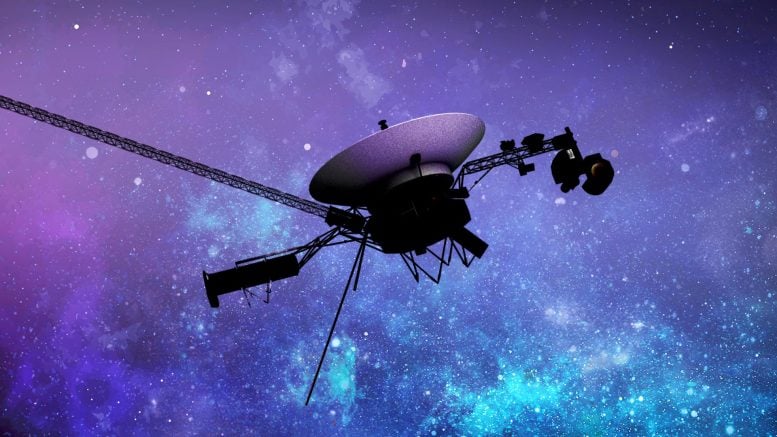NASA engineers recently regained contact with the Voyager 1 probe that was briefly lost as it continued through interstellar space. The aging spacecraft, which is at the moment sixteen billion, seven hundred and seventy-five million kilometers away, had a technical hitch that activated its fault protection mechanism, switching off a major transmitter. The group at the Jet Propulsion Laboratory of NAS is trying their best to deal with the problem and restore connection with the distant companion. Voyager 1 remains an incredibly important spacecraft, which even at such great distance conveys useful information about the interstellar medium to humanity.
The shutdown appears to have been triggered by the spacecraft’s fault protection system, which automatically manages onboard issues. This system conserves power by disabling non-essential systems if the spacecraft’s power supply is overstretched. However, it could take days to weeks for the team to pinpoint what exactly activated the fault protection system. Troubleshooting and Command Response NASA’s Jet Propulsion Laboratory (JPL) in Southern California manages communications with Voyager 1 via the Deep Space Network. When the JPL team sends instructions, Voyager 1 responds by transmitting engineering data, which helps the team assess its reaction to the command. This back-and-forth takes around two days—nearly 23 hours for the command to travel over 15 billion miles (24 billion kilometers) to Voyager 1 and another 23 hours for the data to return to Earth. On October 16, the flight team sent a command to turn on one of the spacecraft’s heaters. While Voyager 1 should have had ample power to operate the heater, the command triggered the fault protection system. The team learned of the issue when the Deep Space Network couldn’t detect Voyager 1’s signal on October 18. Communication Challenges and Solutions The spacecraft typically communicates with Earth using what’s called an X-band radio transmitter, named for the specific frequency it uses. The flight team correctly hypothesized that the fault protection system had lowered the rate at which the transmitter was sending back data. This mode requires less power from the spacecraft, but it also changes the X-band signal that the Deep Space Network needs to listen for. Engineers found the signal later that day, and Voyager 1 otherwise seemed to be in a stable state as the team began to investigate what had happened. Then, on October 19, communication appeared to stop entirely. The flight team suspected that Voyager 1’s fault protection system was triggered twice more and that it turned off the X-band transmitter and switched to a second radio transmitter called the S-band. While the S-band uses less power, Voyager 1 has not used it to communicate with Earth since 1981. It uses a different frequency than the X-band transmitter signal and is significantly fainter. The flight team was not certain the S-band could be detected at Earth due to the spacecraft’s distance, but engineers with the Deep Space Network were able to find it.
“Image Gallery“












